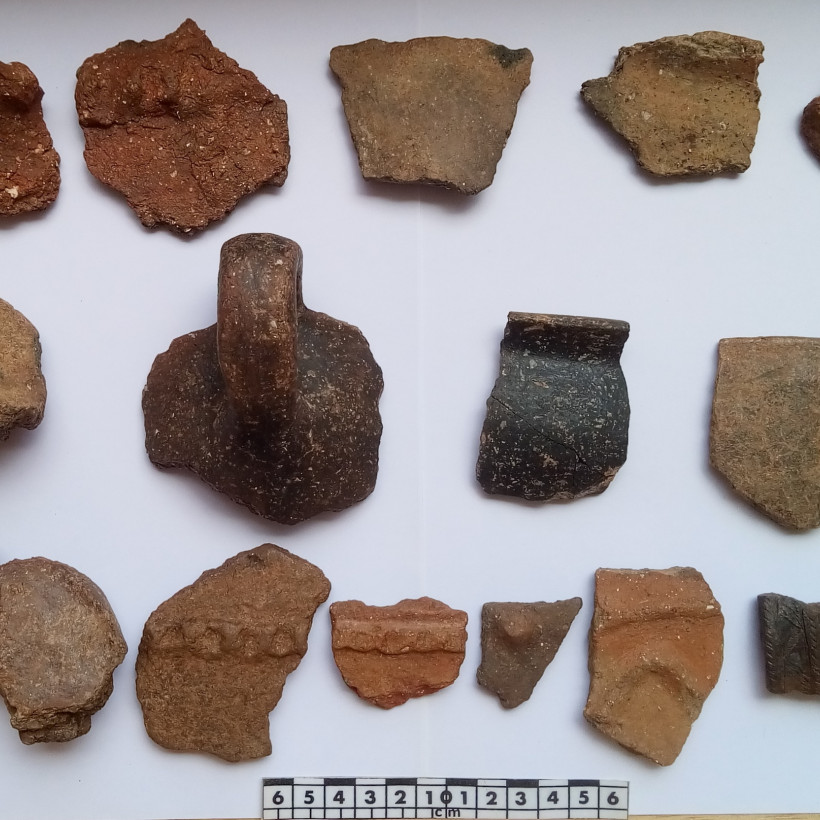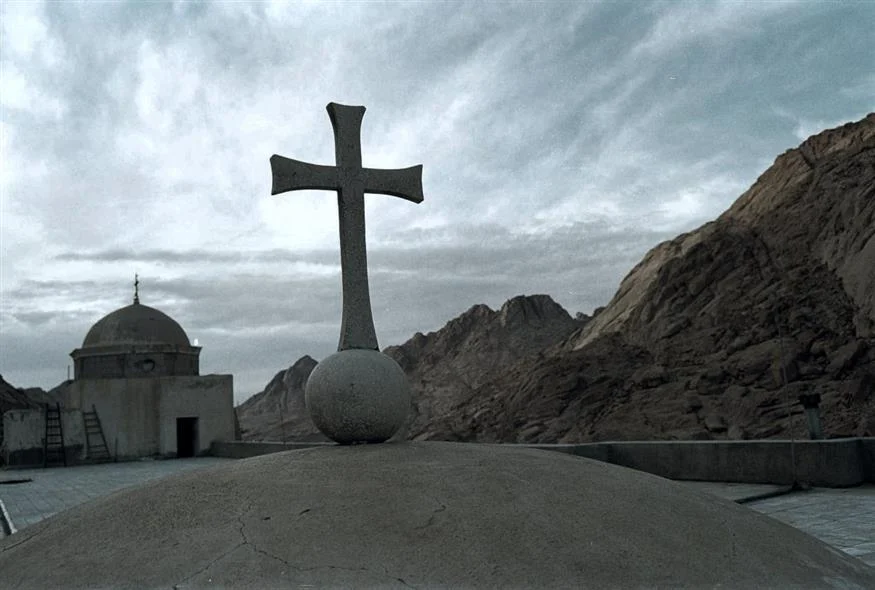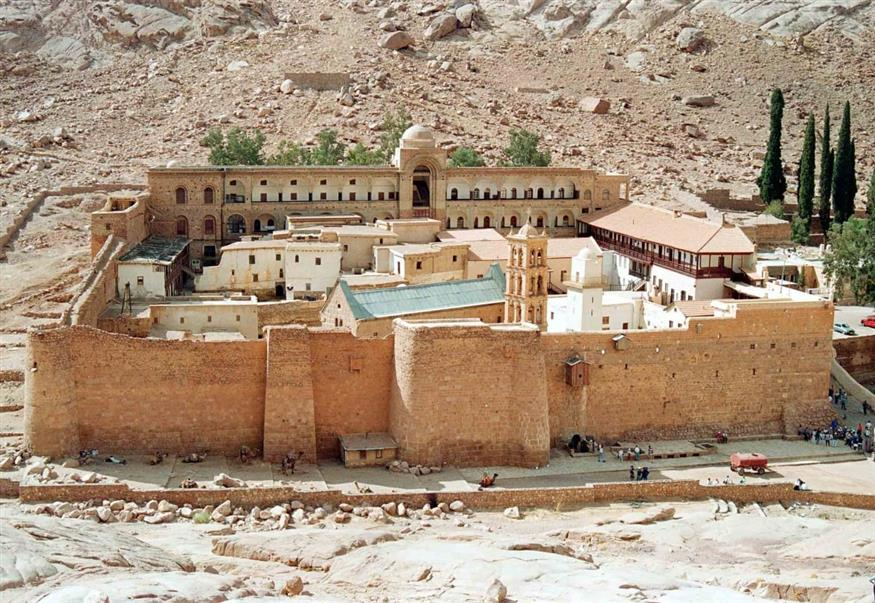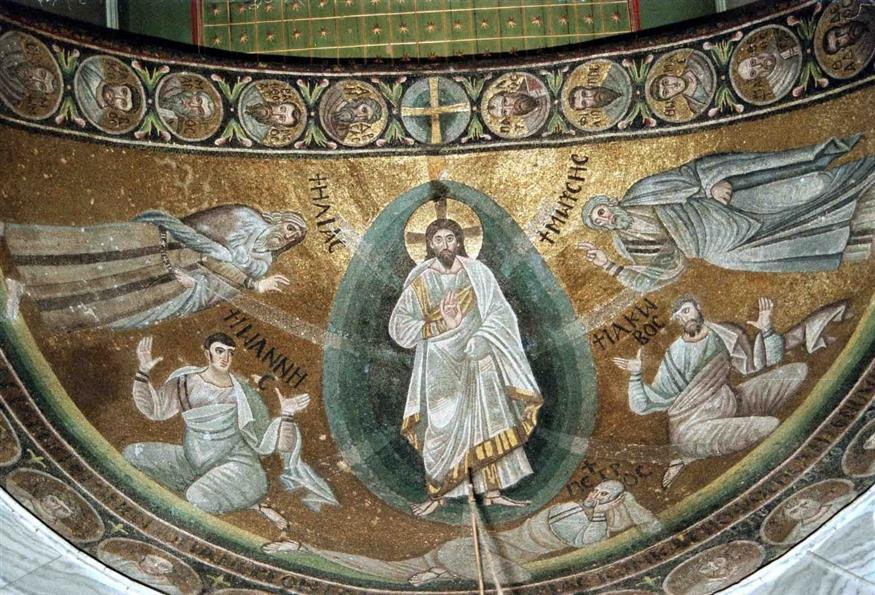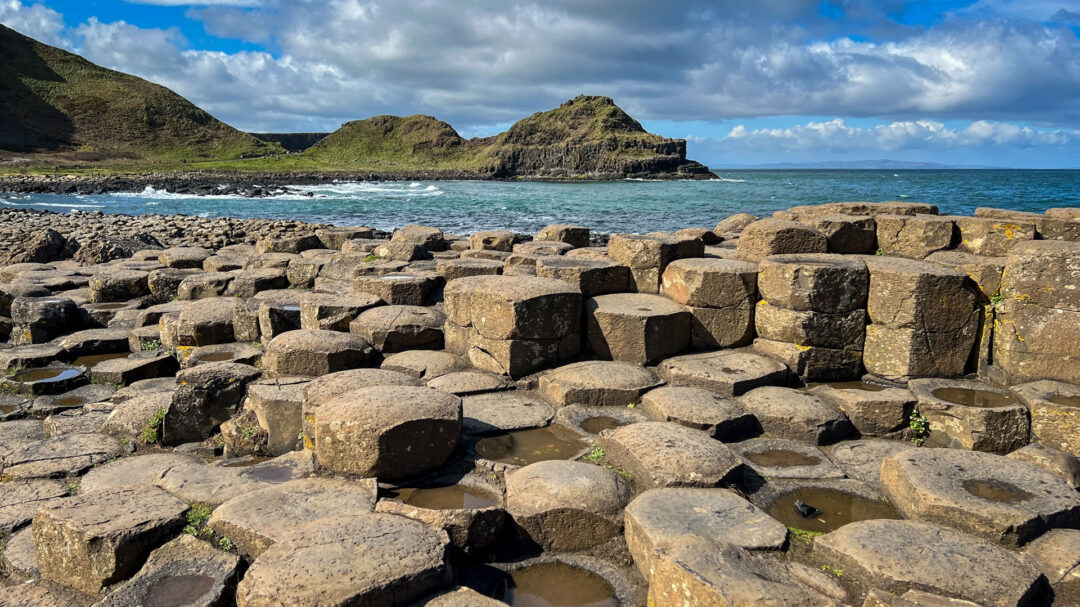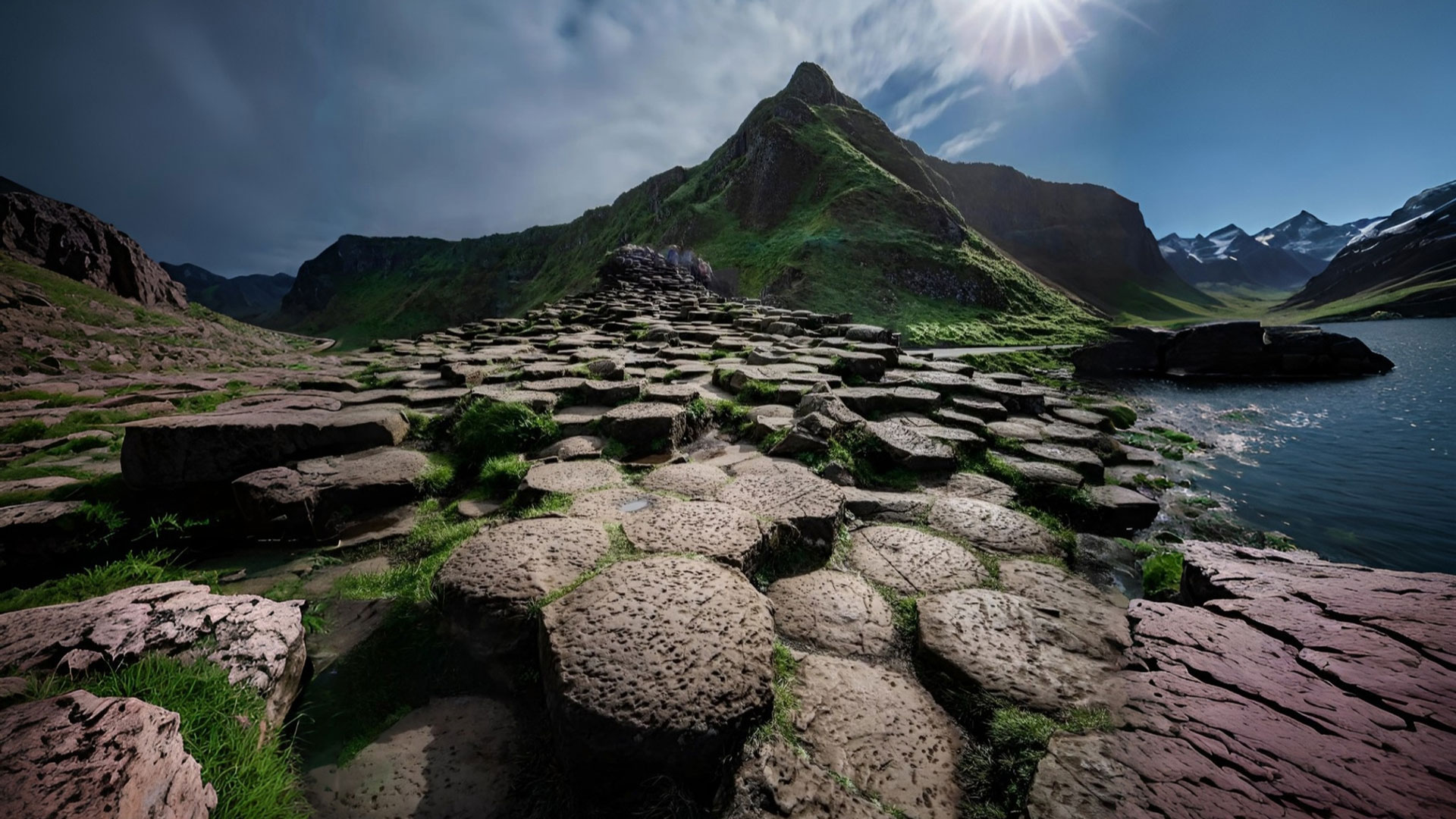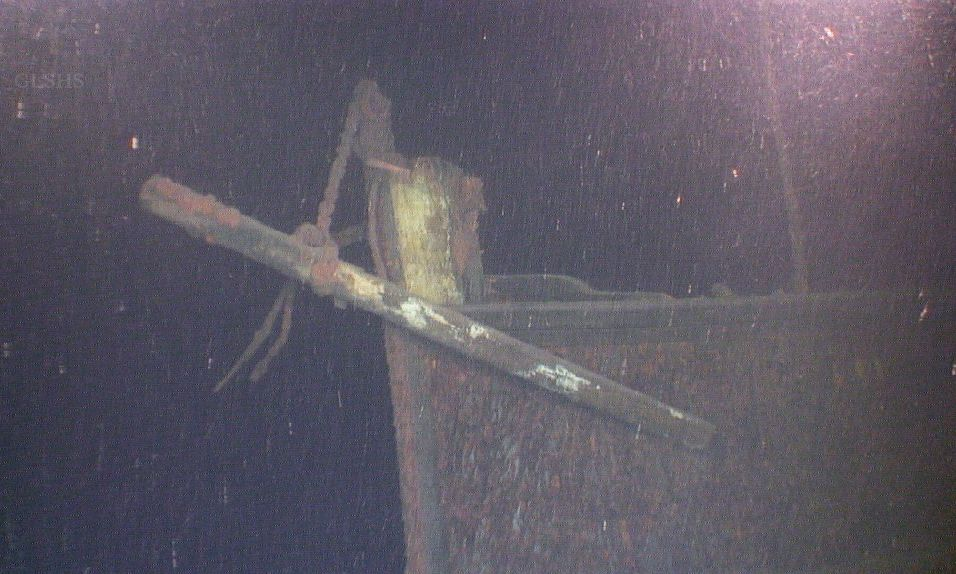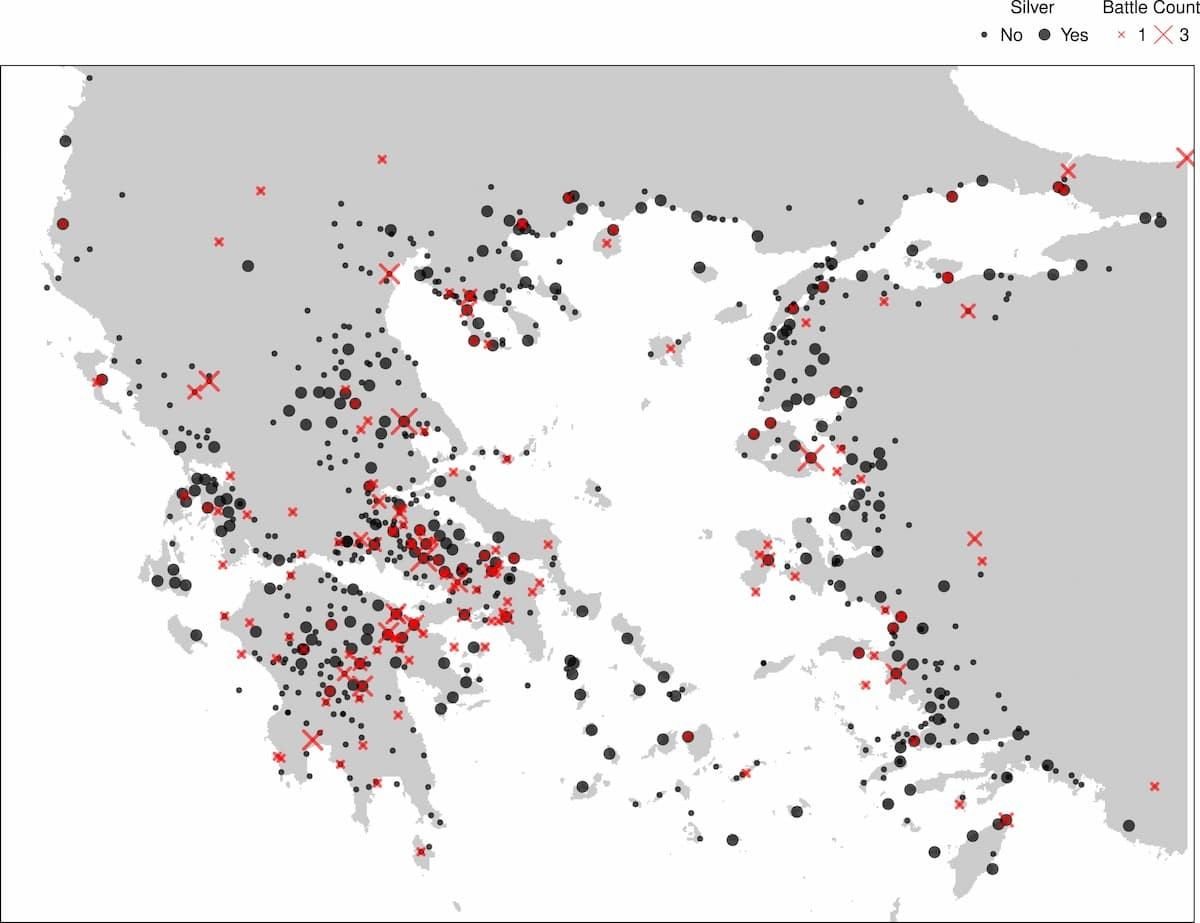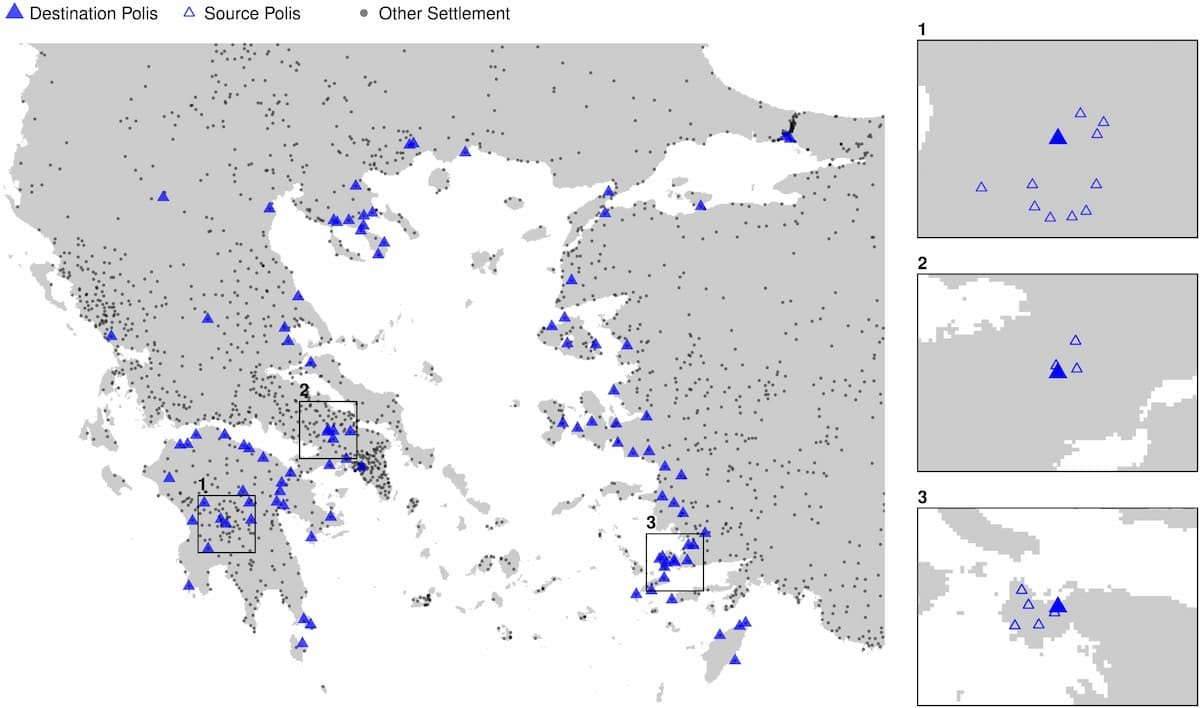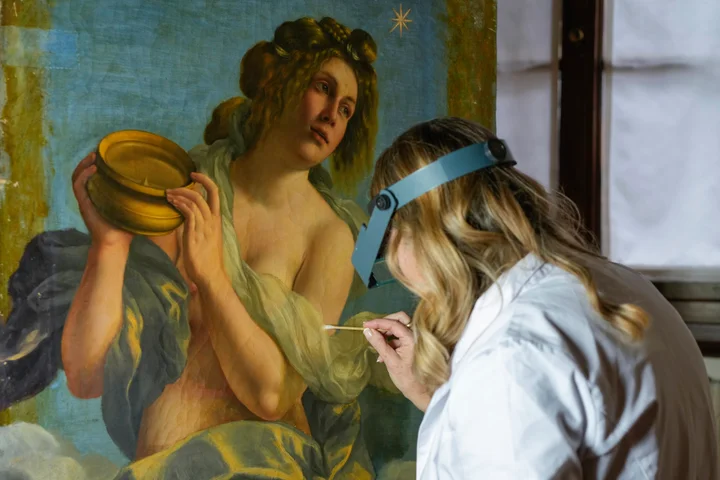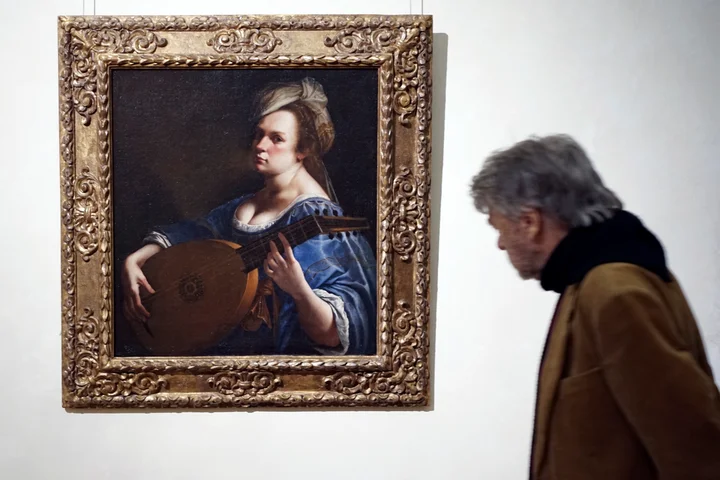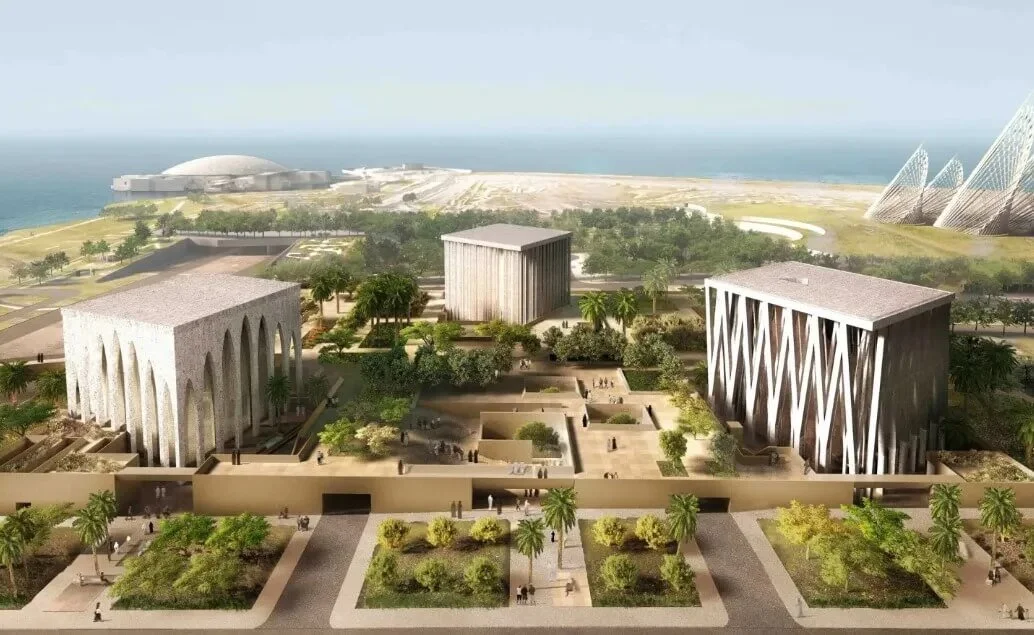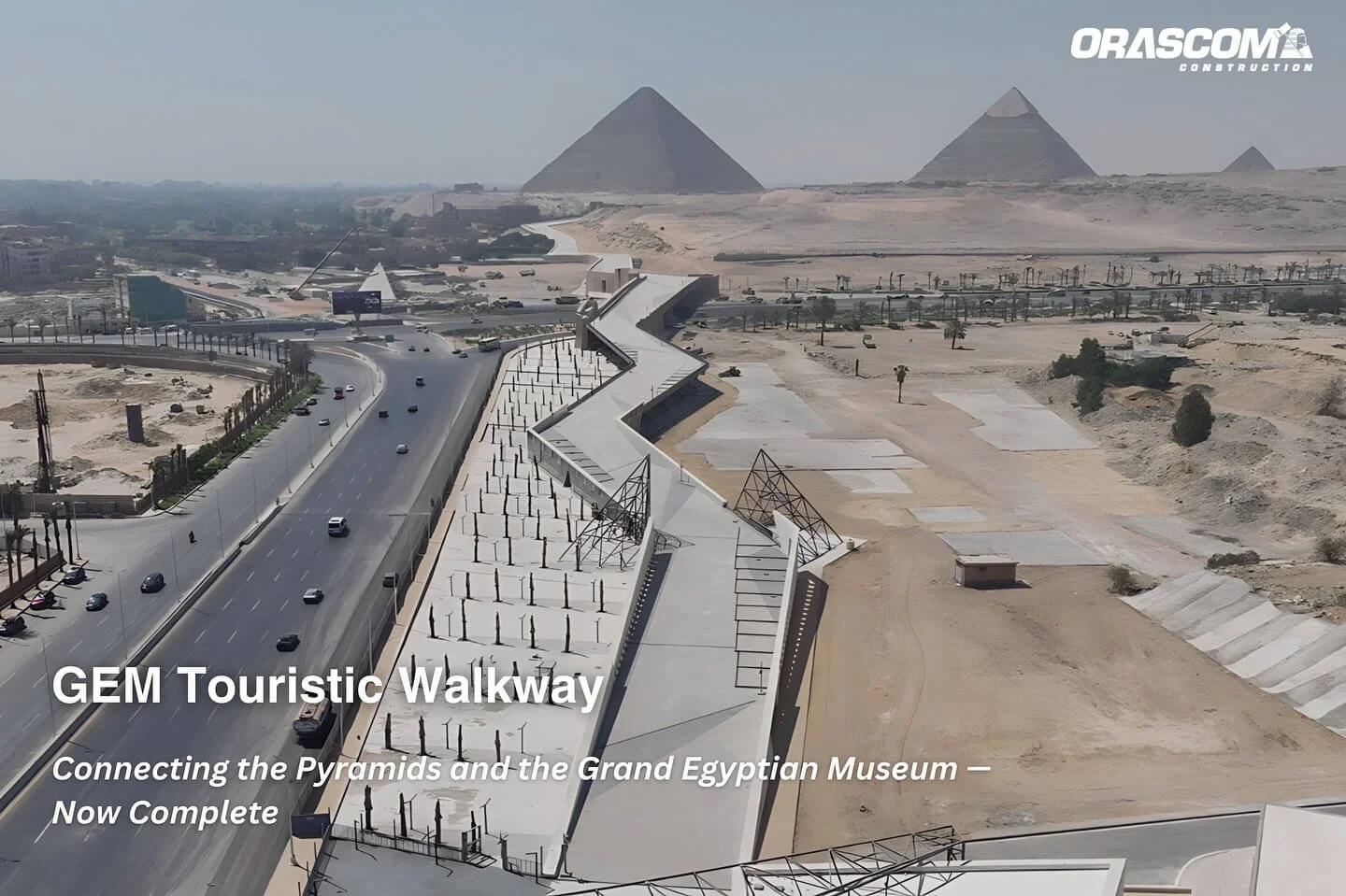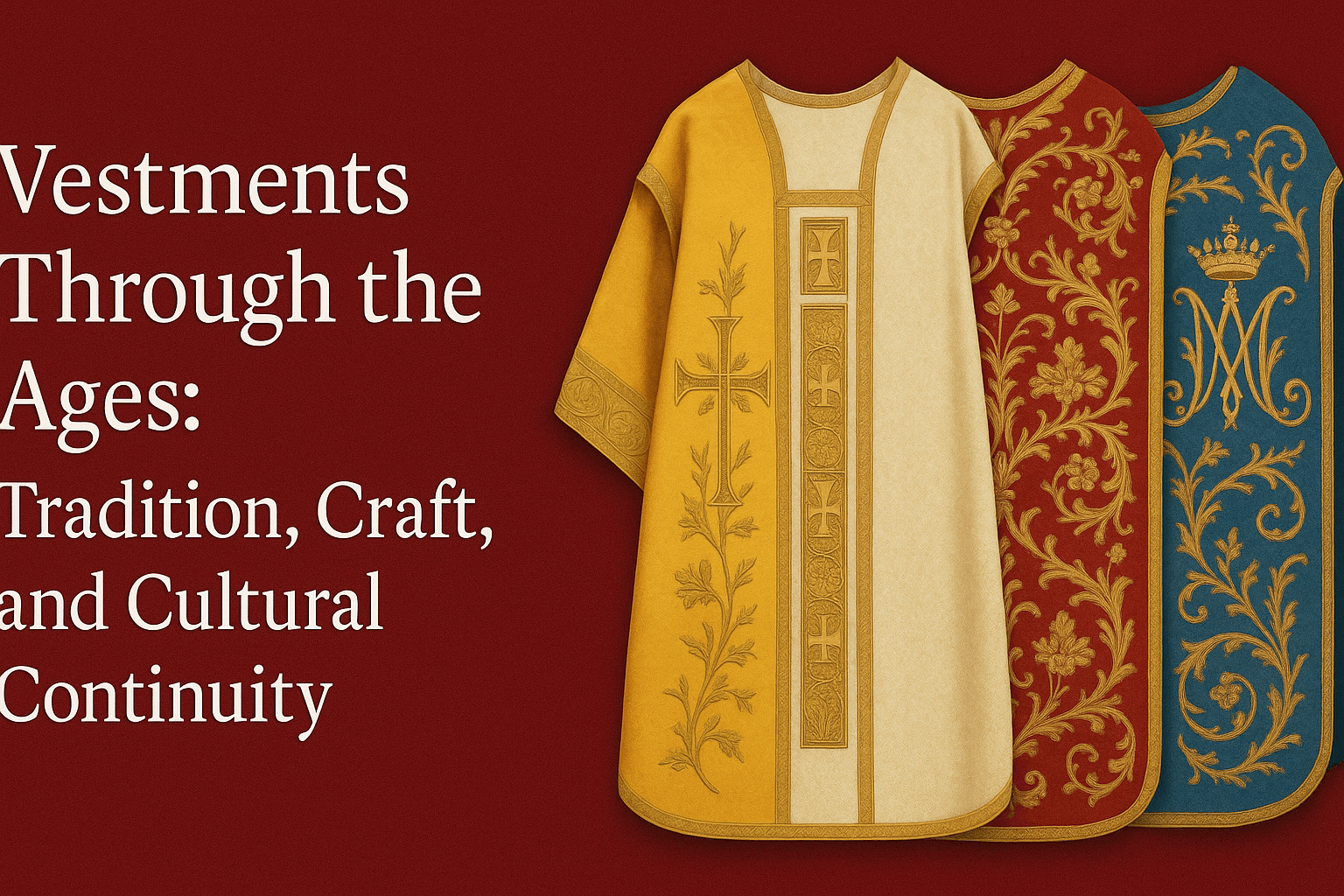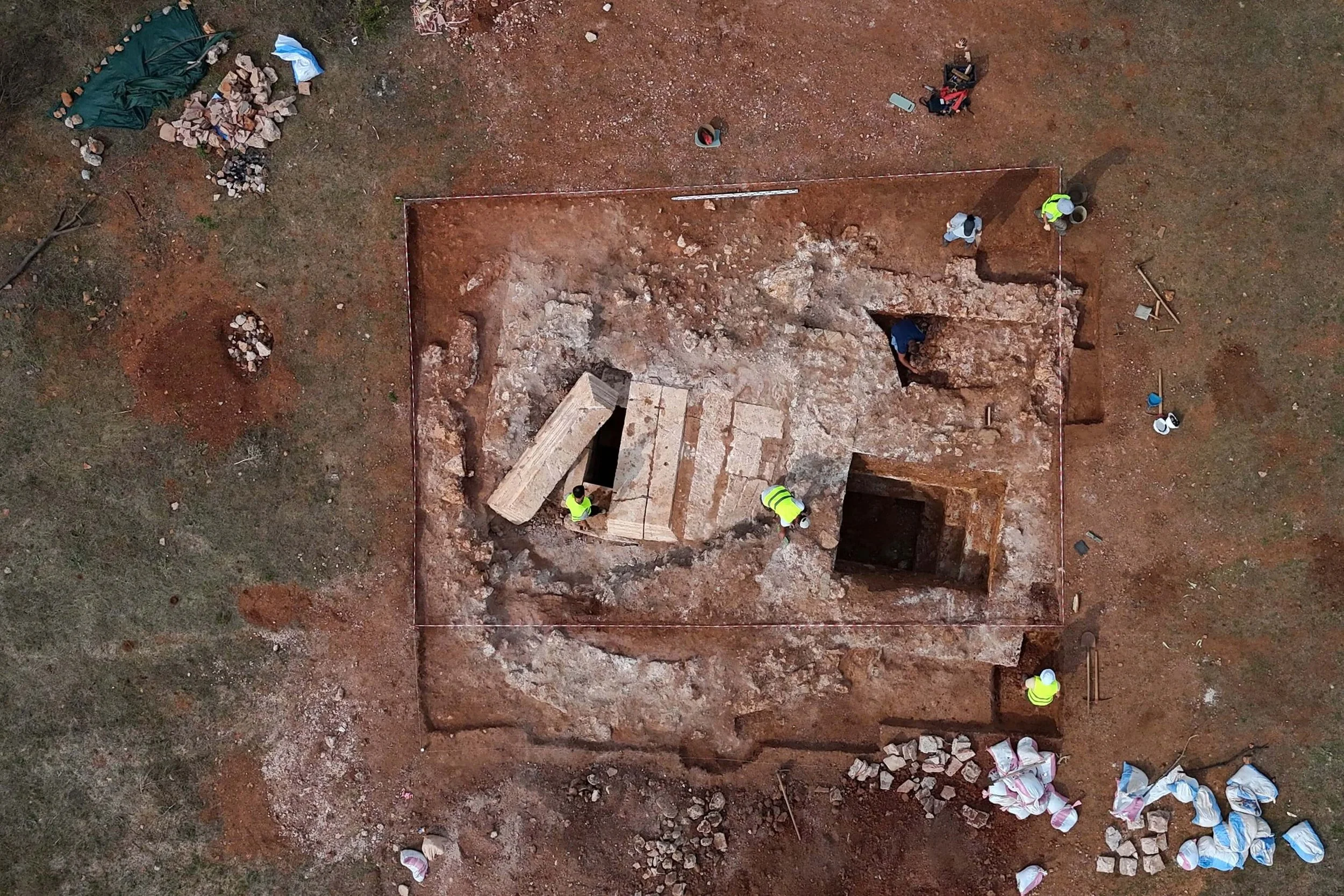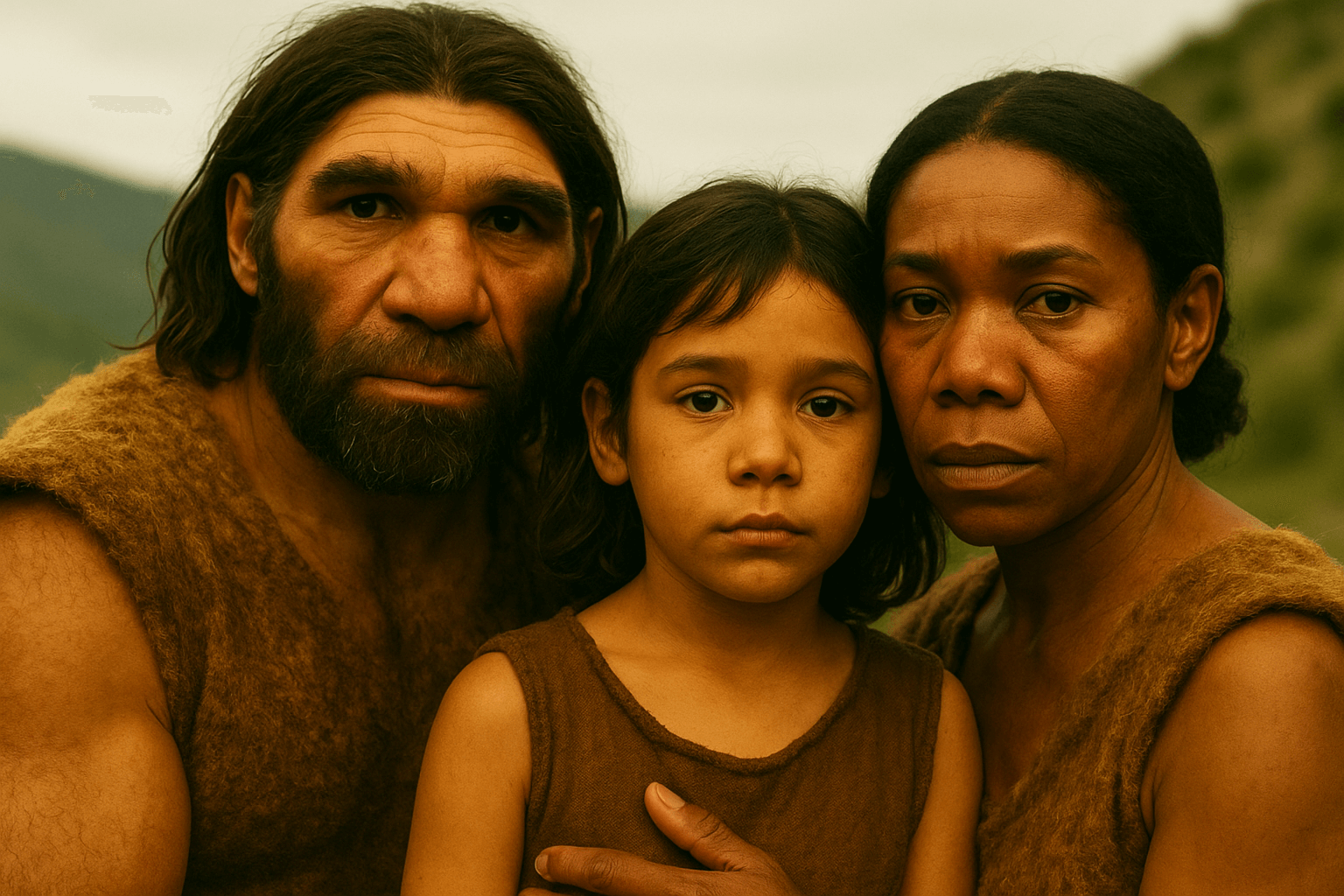Archeology as a Field of Study
Many students dream of digging up lost treasures and ancient ruins. For anyone who hopes to join this field, early support can make a big difference. A reliable urgent essay writing service can save time and lower stress when essays pile up. Archeology often calls for detailed research, so balancing writing tasks with hands-on learning is key. In this journey, knowing what archaeologists do can guide a student’s path. Some people imagine archaeologists as explorers or puzzle solvers. They piece together bits of history using artifacts, bones, and ruins. Those who plan to study archeology should be aware that it’s more than just digging. It includes reading ancient texts, handling fragile objects, and analyzing data. Students learn new methods to protect the past. This careful focus on culture can help shape our sense of identity. By choosing an archeology major, people can start uncovering stories that lie beneath the ground and in dusty archives.
The Path to Becoming an Archeologist
Most archaeology programs begin with general courses in history and anthropology. Then, students move into topics like dating techniques, excavation rules, and artifact preservation. These classes cover archeology degree requirements that help shape a solid academic base. Field experience is another important part of how to become an archaeologist. Many schools hold summer digs or sponsor volunteer spots at excavation sites. Students in an archeology major often learn mapping, stratigraphy, and artifact cataloging. This mix of fieldwork and theory can help connect classroom knowledge with actual discoveries. Hands-on practice also lets students see how real digs unfold. In the process, they learn responsibility, problem-solving, and patience. Some programs may include lab work, where students examine bones, pottery shards, or even soil samples. Others offer study abroad options, allowing learners to explore ancient sites firsthand. By meeting these degree requirements, future archaeologists develop a broad set of skills that can open doors in different research or museum roles.
Tools and Techniques in Archeology
Archaeologists use a broad range of tools on site. Basic gear includes trowels, brushes, and measuring tapes. For deeper digging, they rely on shovels, pickaxes, or even sifters that help isolate smaller artifacts. These items do more than scrape dirt. They let researchers study archeology with care. Many archaeologists also use photography, drones, and 3D scanners to document a location. Such technology helps create detailed records without harming fragile objects. Researchers might rely on chemical tests to identify residue on pottery or bones. Sometimes they track tiny pollen grains to see what plants grew thousands of years ago. This science-based approach ties in with every archeology major. It shows how each artifact relates to broader patterns of human life. Patience is key since careful digging can reveal hidden stories that might be lost if rushed. A successful dig involves planning, mapping, and teamwork. By mixing practical methods with shared knowledge, archaeologists can piece together a record of ancient cultures.
Specializations in Archeology
Not every archaeology student follows the same track. Some focus on prehistoric studies, exploring sites without written records. Others look at ancient civilizations with texts or inscriptions. Some underwater archaeologists investigate shipwrecks and submerged cities. Each focus area shares core archeology degree requirements but offers unique methods. Students might choose to study bioarchaeology, analyzing human remains for clues about diet, disease, or migration. Another path is classical archaeology, linked to ancient Greek or Roman sites. Then there’s historical archaeology, which often tackles more recent periods. To enter these fields, learners must study archeology and build a strong background in lab work and field practice. Some programs include seminars on museum studies or heritage management. These courses show how artifacts are displayed and preserved for public education. By exploring different branches, aspiring archaeologists can discover their passions. Whether it’s analyzing fossils or uncovering lost port cities, each area adds a unique piece to humanity’s puzzle.
The Archeologist's Toolkit and Methodology
Practical experience shapes an archeology major in powerful ways. Students learn to mark excavation grids, record daily progress, and log each finding with precision. They often keep journals to track the layers of soil or the exact location of each artifact. Accurate notes ensure others can verify data later. Communication with team members is also key. In the field, archaeologists share insights and divide tasks to speed up the process. Knowing how to become an archaeologist means staying alert for changes in soil color or texture, which might point to hidden objects. Another skill is using reference tools like site maps or historical records to predict what could lie underground. Mapping software and GPS devices guide excavation, but older methods like compass readings and measuring tapes remain vital. Respect for the site is another cornerstone. Archaeologists are careful not to damage structures or artifacts. This respect extends to local communities, whose heritage is being studied and preserved.
The Importance of Theoretical Frameworks
In archaeology, theory influences how experts interpret objects and events. Scholars rely on cultural models to understand why certain items appear in specific places. They combine these ideas with field data, creating a bigger picture of human life in the past. For students who study archeology, it can be challenging to blend classroom lessons with digging or lab work. Yet both are vital. Theory can guide where to dig or what questions to ask. Practical skills make it possible to spot, handle, and interpret objects correctly. Without combining these approaches, some discoveries might stay hidden or misunderstood. Students are encouraged to join conferences, speak with professors, and read diverse research papers. Doing so reveals new ideas or perspectives they may not learn in a single course. By training the mind and hands together, an archeology major becomes well-rounded. This balance helps archaeologists connect patterns, draw conclusions, and share findings with broader audiences. These deeper insights allow them to form richer historical narratives.
Practical Training in Archaeology
Hands-on training is essential for anyone pursuing archaeology. Internships and field schools can bring textbook lessons to life. In these programs, students join professional teams at active sites. They might clean artifacts, record measurements, or study soil layers. These activities let them see how theories apply in real digs. Learning how to become an archaeologist often means stepping beyond campus. Field schools last for a few weeks or an entire summer. Some are local; others require travel. While on-site, students might also network with experts or attend workshops about excavation methods. This interaction creates connections that can lead to future opportunities. Field schools also address ethical questions, like how to respect sacred grounds or involve local communities in the project. This holistic approach teaches empathy and responsibility. Through practical tasks, new scholars see the patience and teamwork needed. These experiences help them build strength and resilience, both physically and mentally, preparing them for a challenging but rewarding career.
Archaeology and Community Engagement
Archaeology touches on the stories of many groups. Researchers must act with respect for each culture, especially when studying ancestral sites. Some digs involve human remains, which calls for careful handling. In certain regions, laws guide the process, while local beliefs also shape what is allowed. Working closely with communities can build trust and friendship. It also helps archaeologists learn about customs tied to artifacts or burial grounds. Cultural sensitivity extends to sharing findings. Researchers must avoid language that misrepresents a group’s heritage. They should consult local experts to confirm facts and honor traditions. Doing so protects living descendants and fosters cooperation. Ethics also apply to artifact ownership. Questions arise about who should keep items taken from ancient sites. Many feel these treasures belong close to where they were found. As part of an archeology major, students explore these topics. They realize that studying archeology is not just about objects; it’s about people, their past, and their future.
Career Paths in Archaeology
Archaeology graduates can find work in many places. Some join museums, helping with exhibitions or research projects. Others become consultants, advising construction companies on how to protect historical sites before building starts. Government agencies hire archaeologists to survey public lands and ensure cultural resources stay intact. Universities also offer roles in teaching and advanced research. Private sector jobs include cultural resource management, where teams assess sites for potential discoveries or risks. Outside the field, archaeology students sometimes move into writing, photography, or even filmmaking. They use their knowledge of the past to craft engaging narratives. Those who continue with advanced degrees may focus on a specialty like zooarchaeology or geoarchaeology. Each route needs the strong skills developed during an archeology major. Curiosity, problem-solving, and communication help new graduates stand out. Whether it’s analyzing pot fragments in a lab or leading a team in the field, archaeologists bring history to life. Their work preserves heritage for present and future generations.
The Rewarding Path of Archaeology
Archaeology offers a window into humanity’s shared journey. Students interested in this field should embrace curiosity, patience, and open-mindedness. The road to an archeology major requires dedication to both theory and practice. From learning excavation methods to understanding cultural dynamics, each step prepares them for a life of discovery. By meeting archeology degree requirements, students gain access to field schools, internships, and global research travel. They also uncover deeper questions about human behavior. What does an archaeologist do beyond collecting old objects? They piece together vanished stories using science, collaboration, and respect for every culture. This work honors the lives of those who came before us. For those willing to study archeology and hone their skills, plenty of career paths await. They can shape museum exhibits, protect heritage sites, or pursue advanced research. Each choice contributes to our collective knowledge. With the right preparation, any student can turn their passion for the past into a meaningful profession.




























